PSYCHOLOGY OF US
YOUR RESOURCE LIBRARY
The Science Behind Fear and Anxiety
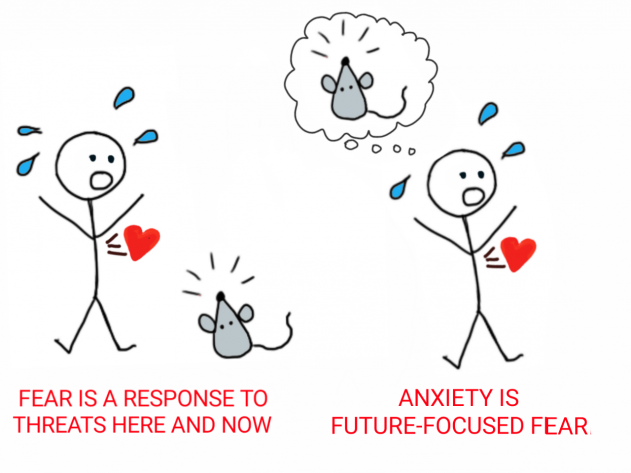
Fear is the physical, mental, and emotional reaction to a threat that is present or imminent. Anxiety is caused by imagining threats or possible future danger. Our threat perception can be rational and reasonable or wildly disproportionate and unrealistic. However, our brains have difficulty telling the difference between real and imagined threats.
As a result, our brains process real-time fear and future-focused anxiety with similar neurochemical and physical responses. In other words, anxiety is a future-focused fear response.
Why We Experience Fear and Anxiety
Neuroscientist Antonio Damasio has been studying emotions such as fear and anxiety for over 30 years. Damasio suggests that all emotions, positive and negative, have evolutionary functions geared towards our survival (1).
Emotions are motivators that have evolved over millions of years.
Each emotion arises from a mix of neurochemicals that motivate us to fulfil certain basic needs: safety, rest, bonding, and resources. Emotions, fear and anxiety, prompt us to enact safety strategies.

A is for Amygdala. The amygdala is like the superhero of our brains, detecting and protecting us from danger. The Amygdala is fast but not always clever.
The brain’s amygdala is often called the fear-centre. It plays a decisive role in all of our emotional responses, but it prioritises fear. When we are frightened, our amygdala immediately enacts a fight-or-flight response. The brain accomplishes this lightning-fast process by blocking out any critical thinking that might slow down our reactions. Emotional Intelligence author Daniel Goleman calls this an Amygdala Hijack.
When we have a frightening experience (like a dog attack), our amygdala links our sensations of the scene (barking-dog images and sounds) with the intense fear that we felt and creates a trigger (dogs = scary!). So the next time we have a similar experience (walking by a barking dog), our amygdala hijacks our critical thinking and triggers a fear response. Fear responses range in levels of intensity from stress to anxiety to full-blown panic. Here is how this works.
Key Players in the Amygdala Hijack
3 main brain systems make up a fear response: the Emotional brain (limbic system), Thinking brain (neocortex), and the Action brain (autonomic nervous system).
The Emotional Brain
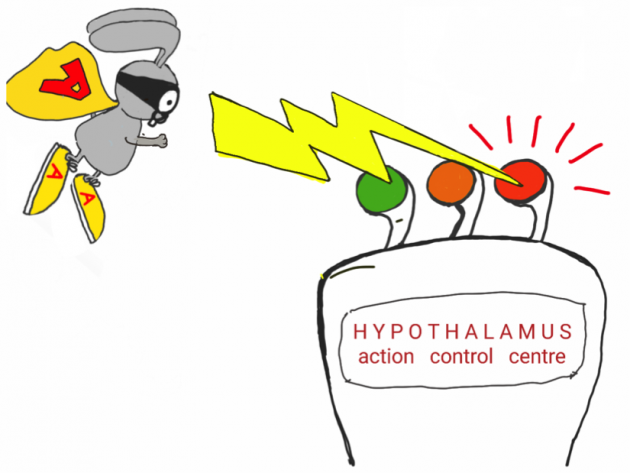
The amygdala in the Emotional Brain sends lightning-fast signals so the body can respond quickly to danger.
The Limbic System (the Emotional Brain) houses four pivotal players in the fear response:
Thalamus. A sensory hub that takes in all sights, sounds, smells, tastes, and touch.
Amygdala. It decides which emotions we will feel and it prioritises fear.
Implicit Memory System. The emotional-memory bank that stores images and emotions (fear associations or triggers*)
Hypothalamus. The action command centre, which releases neurochemicals to prompt our reaction.
The Thinking Brain
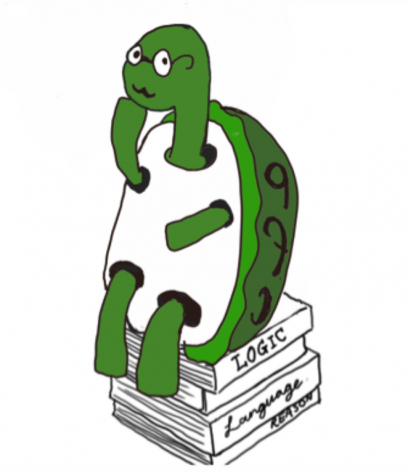
The Prefrontal cortex in the Thinking Brain is responsible for rational thinking, which makes it slower than the Emotional Brain.
Neocortex (the Thinking Brain) does all of the high-level processing:
Prefrontal Cortex. PFC is our conscious awareness and rational thinking.
Explicit Memory System. The memory bank for facts and life stories. It also stores language, context, and reason. It gives meaning to our emotional memories.
Memories of facts and stories and emotional memories are stored in separate places. So our brain goes to the Implicit Memory System to find our feelings about an event (Scary!..) and the Explicit Memory System to find descriptions of that event (..because I hate mice).
The Action Brain
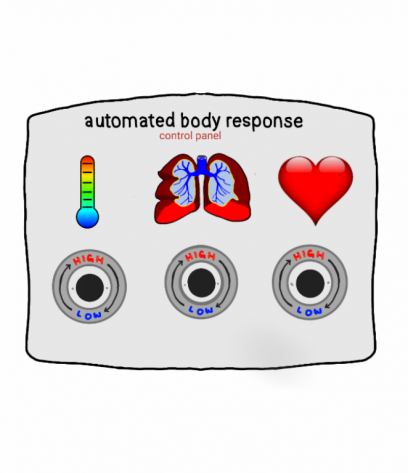
The Action Brain controls vital functions of the body through the nervous system.
Autonomic Nervous System (the Action Brain) is a network of nerve connections that translates brain activity to body responses (blood pressure, heart rate, body temperature, and oxygen distribution):
Sympathetic Nervous System. SNS is responsible for arousal.
Parasympathetic Nervous System. PNS is responsible for calming, rest and digestion.
Chain Reaction of the Amygdala Hijack
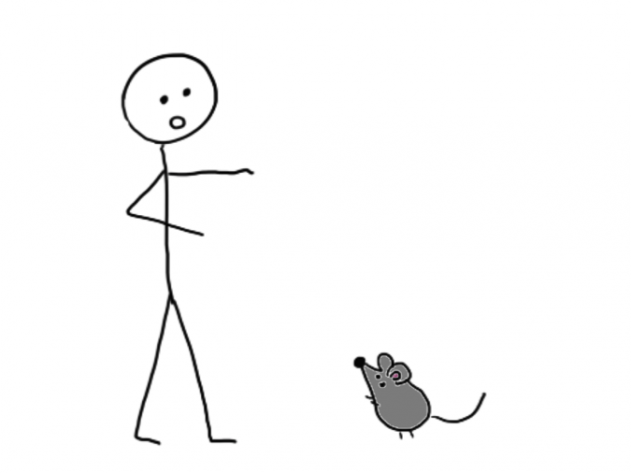
Mouse → Boy: Seeing the scampering mouse sets off a series of lightning-fast brain events
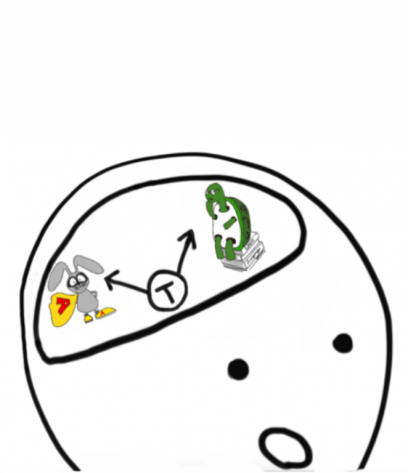
Thalamus → Amygdala and Prefrontal Cortex: The thalamus sends sensory data to the Thinking brain and the Emotional Brain.
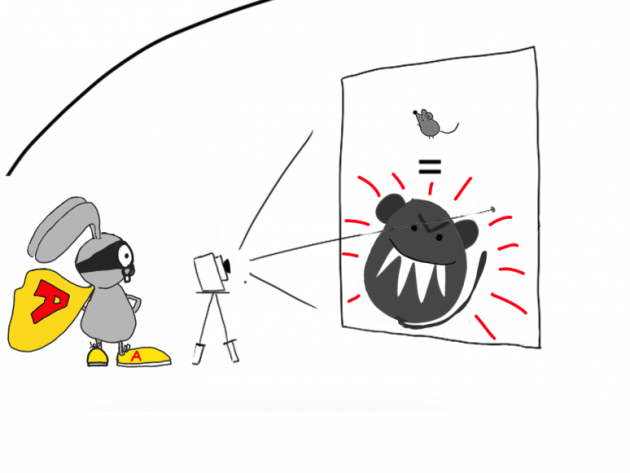
Amygdala ←→ Implicit Memory System: The amygdala looks to the Implicit Memory System (memory bank for images and emotional associaions) for any relevant fear associations (mouse = danger!).
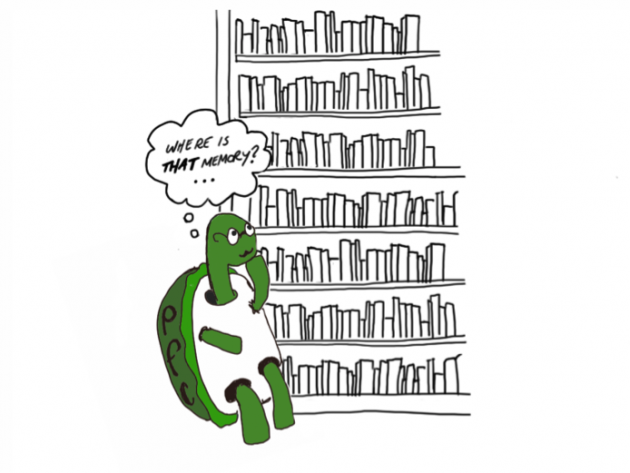
Prefrontal cortex ←→Explicit Memory System: (library for facts and life stories) The prefrontal cortex searches the Explicit Memory System () and uses language and reason to make meaning of the mouse.

Amygdala →Hypothalamus: The amygdala signals hypothalamus (action command centre) to get ready for danger.
AMYGDALA HIJACK..
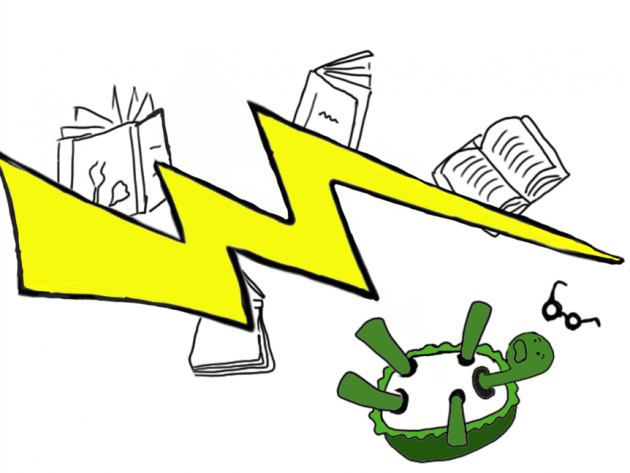
When the Amygdala sends signals it actually blocks the prefrontal cortex’s ability to find and communicate a rational explanation.
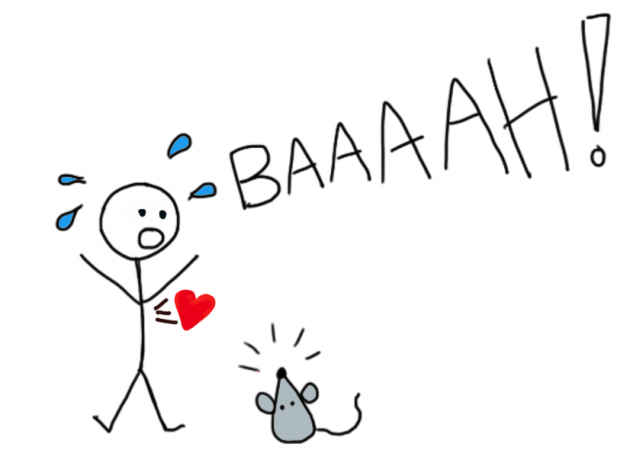
Hypothalamus → Sympathetic Nervous System: The hypothalamus sympathetic nervous system releases stress hormones, increasing blood flow and heart rate, sending oxygen away from the Thinking brain towards the extremities.
MEANWHILE…
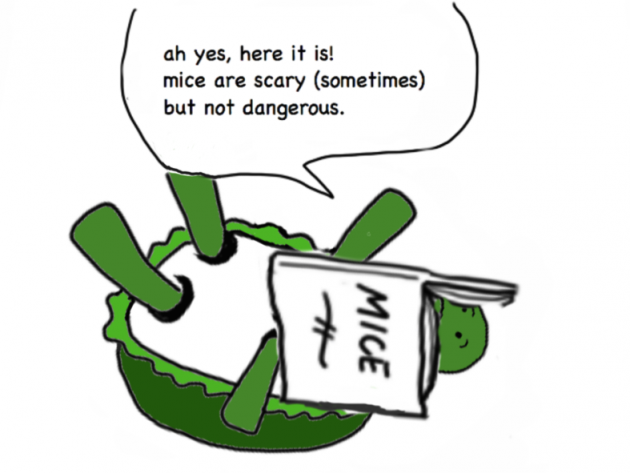
Explicit Memory System →Amygdala. Prefrontal cortex finally accesses all the ‘Mice’ data and then communicates to the amygdala, ‘Mice are harmless. False alarm.’
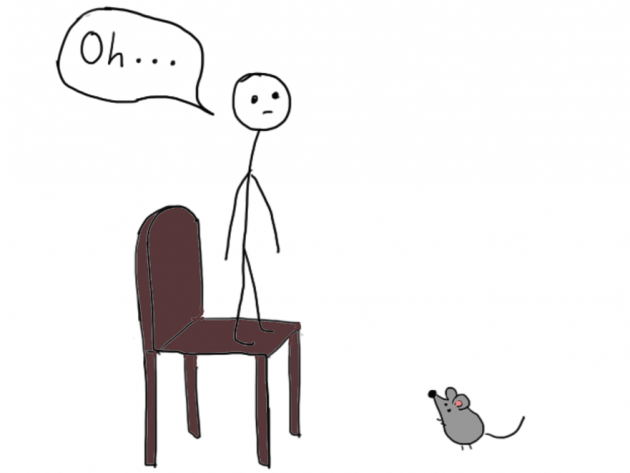
Hypothalamus → Parasympathetic Nervous System: The parasympathetic nervous system sends messages to calm the body down.
Two Chain Reactions Cause Anxiety
Anxiety (a future-focused fear response) can be prompted either by 1) our thoughts or 2) an outside event, object, or situation that triggers a fear association.
1. Cortex-based anxiety (activated by conscious thinking)
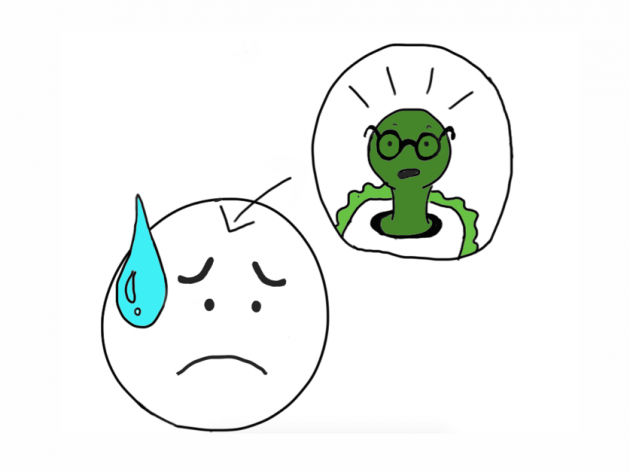
- Anticipation: I always get anxious about whether I locked the doors.
- Interpretations: I am worried about it, so I probably forgot to lock them.
- Worry: Did I lock the doors?
- Ruminations: Did I lock the doors? Did I lock the doors? Did I lock the doors?
- Obsessions: Did I lock the doors? I didn’t lock the doors. I’ll just check again. Yep. Wait, did I really lock the doors? I know I did.. I think. But did I lock the doors? I know I did but I can’t stand this anxiety. I’ll just check again.
2. Amygdala-based anxiety (activated by external stimuli – triggering fear association)
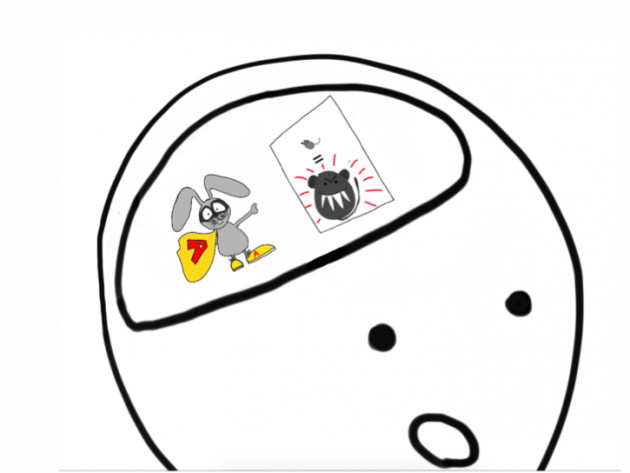
- Entering a crowded subway that reminds us of being lost and frightened in a crowd when young.
- Meeting a new neighbor who acts and sounds similar to an abusive uncle from our childhood.
- Planning a trip to the park without realising that we are nervous about encountering barky dogs.
Most fear and anxiety responses are healthy reactions to everyday life. We have all felt fear and anxiety at times in our lives. However, if we have a propensity towards anxiety, our hyperarousal may linger.
When in anxiety lingers, our amygdala remains on high alert, causing hypervigilance, heightened heart rate, and distress. When the anxiety becomes so intense that it interferes with our ability to function in everyday life, we may need to seek professional help.
If you suspect that you are suffering from overactive anxiety, find out more: Anxiety, Stress, Trauma, How Monkey Therapy Helps You Alleviate Anxiety.
References and Contributors
-
Daniel Collerton. (2016). Psychotherapy and brain plasticity. Frontiers in Psychology.
-
Daniel Goleman. (1996). Emotional Intelligence.
-
Rick Hanson. (2013). Hardwiring Happiness. The New Brain Science of Contentment, Calm and Confidence.
-
Hasse Karlsson. (2011). How Psychotherapy Changes the Brain. Psychiatric Times.
-
Joseph LeDoux. (1996). The Emotional Brain.
-
Joseph LeDoux. (2012). Rethinking the emotional brain. Neuron.
-
Joseph LeDoux. (2014). Coming to terms with fear. PNAS.
-
Joseph LeDoux. (2015). Feelings: What are they and how does the brain make them? Daedalus.
-
Joseph LeDoux. (2015). Anxious: Using the Brain to Understand and Treat Fear and Anxiety.
-
Karla McLaren. (2013). The Art of Empathy: A Complete Guide to Life’s Most Essential Skill.
-
Catherine Pittman & Elizabeth Karle. (2015). Rewire Your Anxious Brain: How to Use the Neuroscience of Fear to End Anxiety, Panic, and Worry.
-
Robert Plutchik. (1980). Theories of Emotion (Volume 1).
-
Dan Siegel. (2010). Mindsight: The New Science of Personal Transformation.
-
Bessel van der Kolk. (2014). The Body Keeps the Score: Brain, Mind, and Body in the Healing of Trauma.
How therapy works
Worksheets and useful information
Creative Process
Feeling Stuck
Stress
Depression
Feeling Down
Anxiety
Guilt and shame
Find out more
What I do differently
Monkey Therapy
Transformational Coaching
Online Therapy
Trauma
Your inner critic
The science behind it
Steps you can take now
Publications
More than CBT
More than IFS
Psychedelics
Neurodiversity
Thank you!
Your message has been sent. We'll contact you shortly
© 2023 The Monkey Therapist. All Rights Reserved. Site Designed By Samantha Ósk
PRIVACY POLICY